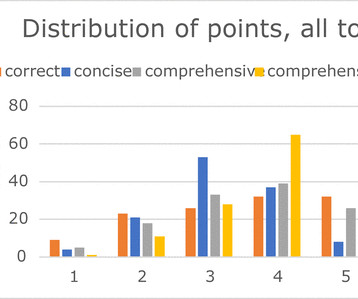Allergic responses to common foods could significantly increase risk of heart disease, cardiovascular death
Science Daily - Heart Disease
NOVEMBER 9, 2023
Allergic responses to common foods such as dairy and peanuts can increase the risk for heart disease and cardiovascular death as much or more than smoking, new research suggests. And these dangerous allergic responses can strike both people with food allergies and those with no obvious allergy symptoms.


































Let's personalize your content